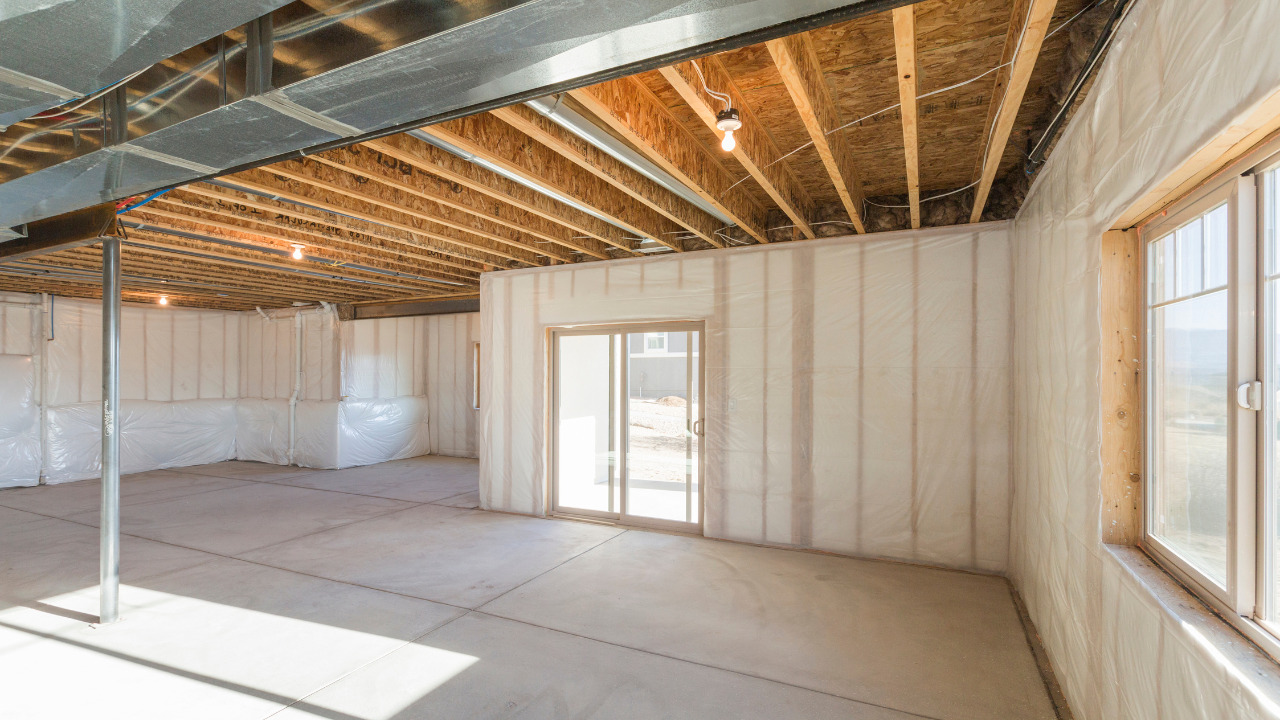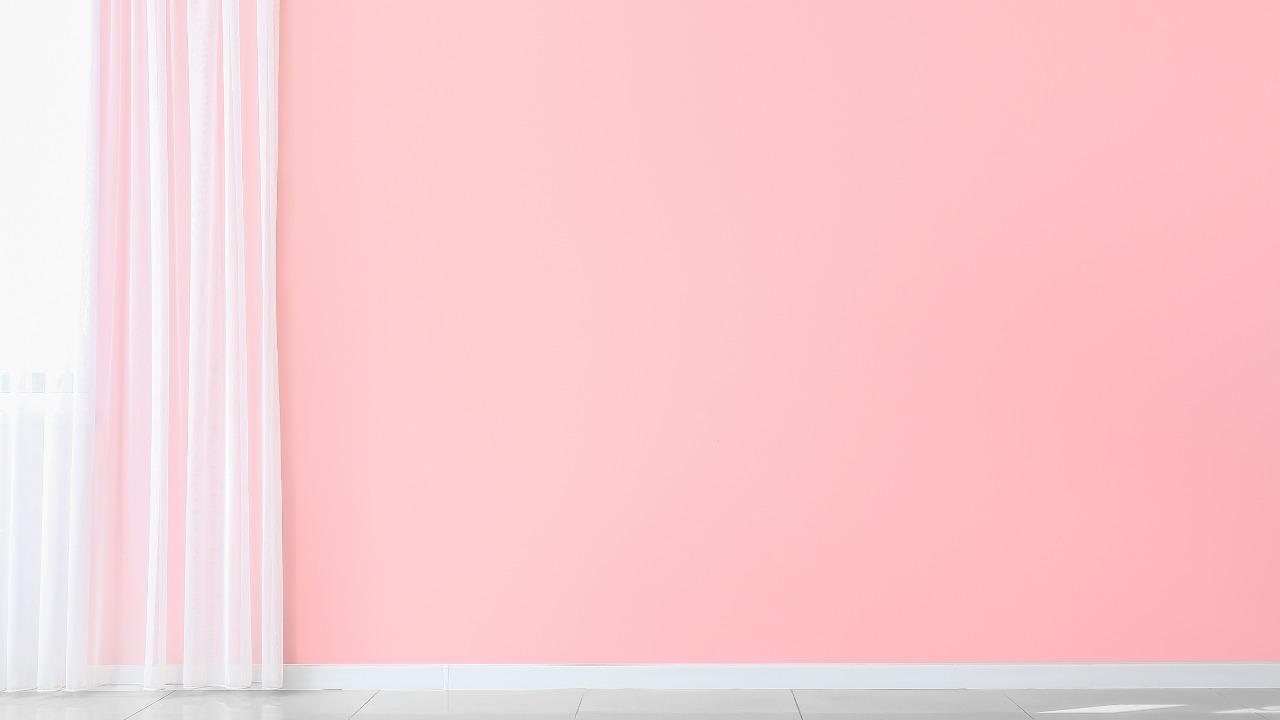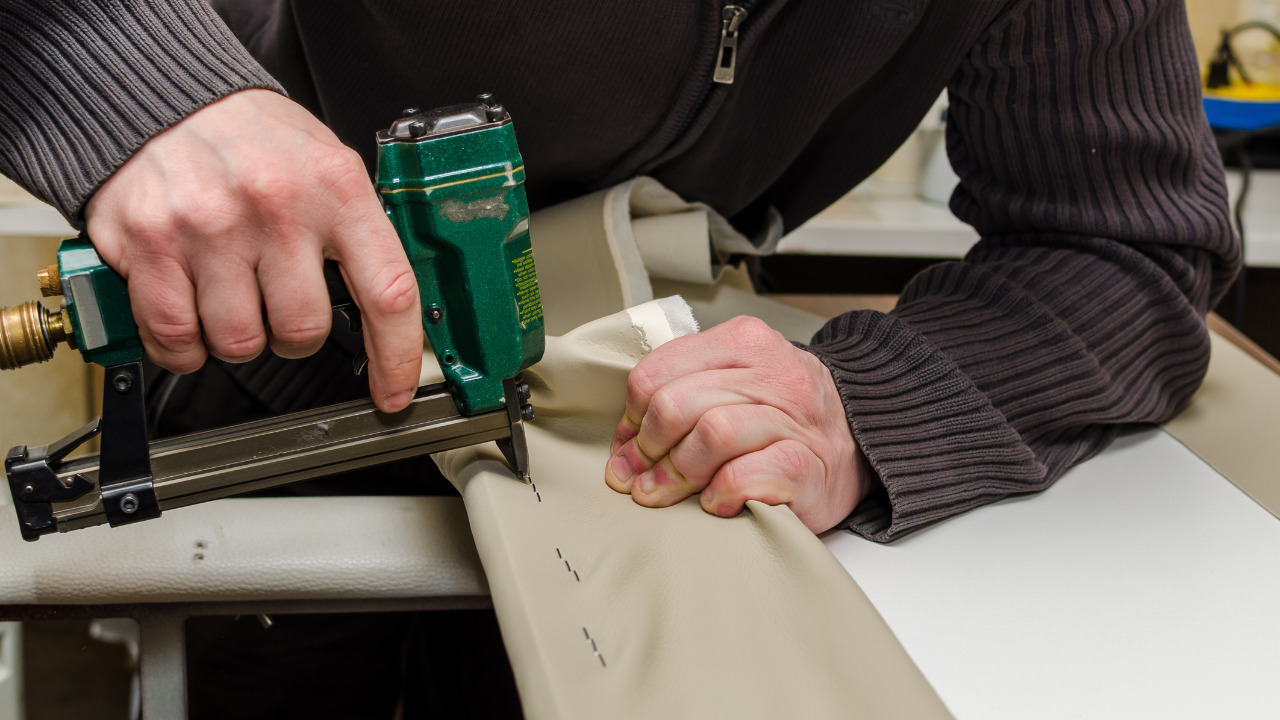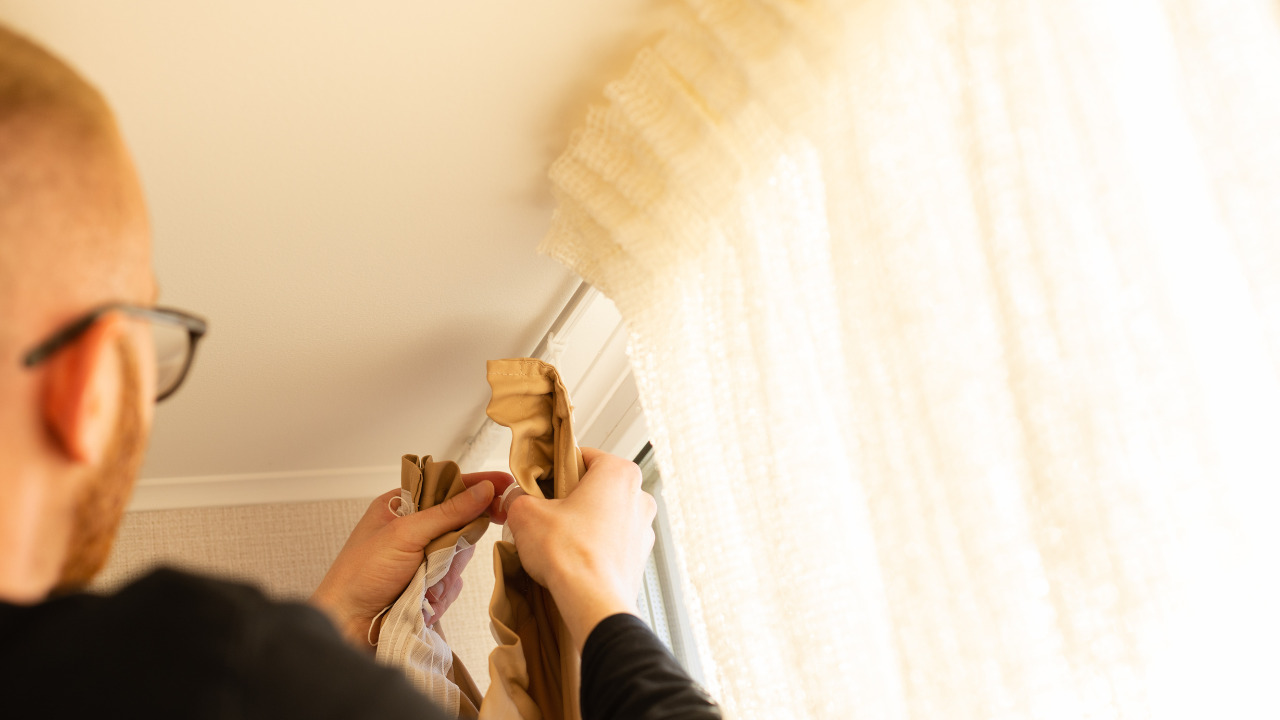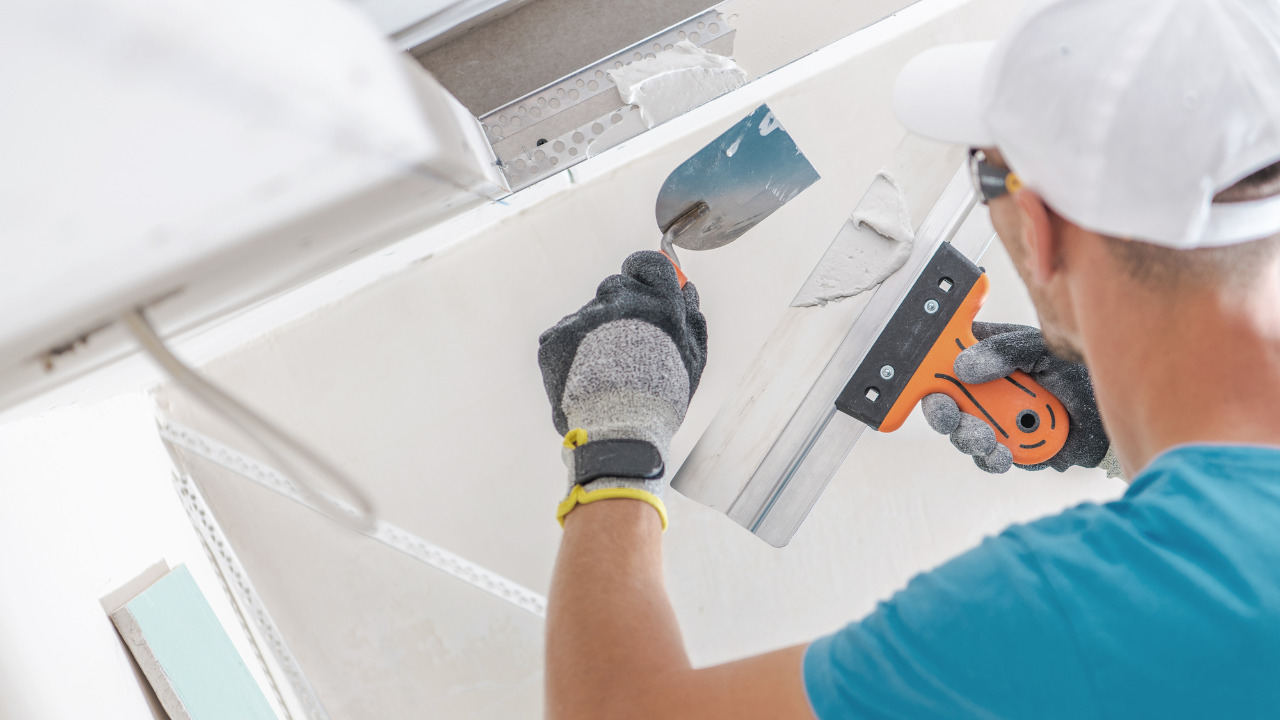An unfinished basement or a creepy ambiance is a living area just waiting to be discovered. Textiles can be hung in various ways, but only after ensuring that the space is fabric-friendly. Using a simple and affordable curtain system to divide space and add dimension to an unfinished basement.
If you can’t have a track installed on the ceiling, try extending picture wire taut across the room and attaching café hooks to flat sheets for a no-sew DIY project that’s excellent for beginners. In detail, we will answer your question (how to hang curtains in an unfinished basement?) in this article.
Table of Contents
An Opened Or Unfished Basement: An Overview
An open basement ceiling, sometimes referred to as an unfinished basement ceiling, exposes the structural and mechanical elements of the ceiling. A drop ceiling does not cover trusses, beams, joists, plumbing, and more. Many homeowners are unaware that finished basements can also feature exposed ceilings, which are relatively prevalent in unfinished basements.
Although it is an uncommon decision, it is wise for various reasons. Keeping an open mind in this situation is important. In the opinion of many homeowners, an uncovered basement ceiling gives the space a more industrial feel.
You may either use that industrial style or take your space in a completely new direction, depending on the color you decide to paint with and what other design and ornamental elements you decide to incorporate.
Ways To Hang Curtains In Unfinished Basements
Use A Curtain’s Hanging Rod
To begin, measure the cross dividers and locate where the curtain rod will be installed. Try positioning the curtain rod near the ceiling to completely cover the unfinished basement wall. For stud dividers, the rod should be inserted directly into the knob.
The rod should be inserted directly into the block component for solid block dividers. Place your zones on each divider and hang your curtains from the poles.
Wash And Iron Curtains Before Hanging
Before beginning to prepare the drape panels, wash and iron the fabric. Fabric shrinkage is reduced when it is washed. Now, measure the wall height to be covered and add 1 inch to the fabric. Use the entire cloth width to create separate panels or stitch the borders together to create larger blinds.
Trim a half-inch around each of the four sides to create separate panels. Trim the top and bottom borders and fold the edges to combine numerous panels. Using the rod, hang the drape panels and evenly distribute the alligator clip portion of the drape rings to the drape panels’ uppermost edge.
You Can Also Choose Curtains For Basement Walls
Curtains are used for more than just windows; they can also be utilized to create fabric walls. If you provide rising blind poles with secure screw casing on cement or block dividers, look for another option.
The wavy influence of roof-to-floor draperies provides insulation such as warmth, preventing likely a part of the chilly that can come from unfinished walls and disturb your solace if they are sufficiently complete and plentiful.
Buy Ready-To-Hang Curtains
Curtains aren’t simply for the windows; they may also be used as ready-made fabric walls. While masonry wall anchors provide secure screw housing for mounting curtain rods on concrete or brick walls, additional options are available.
Ceiling-mounted curtain rods may be screwed to the above joists.
Cover Uncovered Studs With A Stapler
Instead of studs, Familiarize the fabric with a stapler to cover the naked studs in the half-finished basement with constrained partitions but no drywall. Take your size and cut the fabric sheets a little longer than you need; you can trim any excess fabric from the ends once they’re up.
Now work out from a corner, starting at the top and working out until you’ve completely covered the unfinished basement divider.
Use Liquid Fabric Glue To Fix Curtains On The Walls
Unfinished walls with wrinkled curtains appear far comfier and more attractive than obtrusive cement. When utilizing liquid fabric glue to adhere your fabric panels to the walls, they appear to be wallpaper.
Utilize tiles with strikingly different designs and colors to mix things up. To avoid discoloring the semi-transparent material, paint the grey cement with a white tint.
For a gradually short-lived wall treatment, glue fabric efficiently to lighter foam-insulation boards and fix the boards to the unfinished walls with any adhesive or double-sided tape. This effect is neater than crumpled cloth, and the foam raises the room’s temperature to a more comfortable level.
Cover the Unfinished Basement Ceiling With Fabric Staple Sheets
Staple sheets or fabric to the floor joists above the ceiling; allow it to billow down in tufts. This method softens the room while concealing the mess on the ceiling. Use colored parachutes or sail shades for a more striking appearance.
On the other hand, Panelling is a cost-effective technique to finish the walls or ceiling of your basement. Put strips of wood on your concrete basement walls with strong glue, and then connect the Panelling to the wood strips with wood screws that match your Panelling.
Conclusion
Basements that have not been finished are frequently vast open spaces with little separation. Making soft curtain walls is one approach to creating privacy barriers inside a basement without building walls. A soft curtain wall can conceal ugly portions, create an intimate space, soften sounds, and transform a space into a room.
This is a cost-effective approach to adding curtains to an unfinished basement. It’s not difficult to make a curtain wall, and the price will be reasonable if you buy your textiles in bulk at a cheap store.


